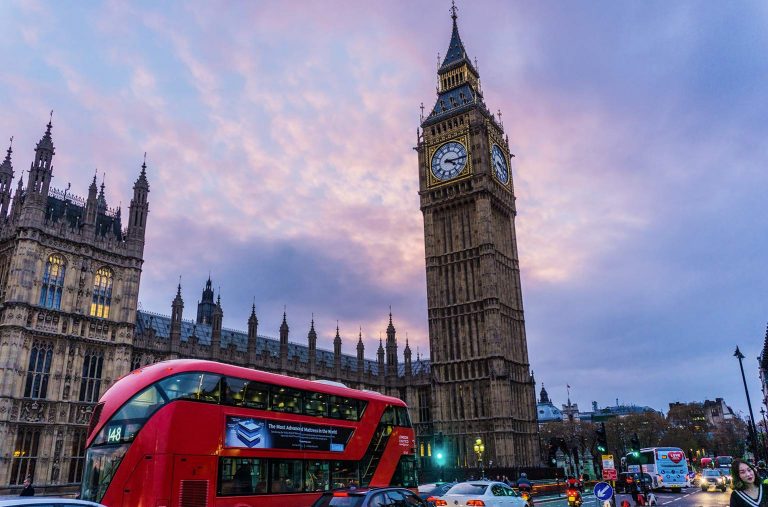
UK consumer prices declined 0.5% in January
UK consumer prices declined 0.5% in January and, although the year-on-year rate increased to 1.8% from 1.6% which was the highest rate since June 2014, this was slightly lower than the consensus forecast of a sharper increase to 1.9%.
There was significant upward pressure on transport costs which was offset by a decline in clothing prices.
The data will dampen expectations that the Bank of England may need to tighten monetary policy more aggressively to curb inflation, although there was a larger than expected increase in producer prices which suggests underlying pressures may be building.
Sterling weakened significantly following the inflation data with the UK currency moving back below the 1.2500 level as the Euro moved to the 0.8520 area, although gilts reversed initial gains.
The UK currency was resilient at lower levels and regained support during the New York session as the Euro retreated back below 0.8500. The latest labour-market data will be released on Wednesday with a particular focus on the earnings data.
Related Insights

Daily Brief – Chancellor Reeves
Chancellor Reeves Market observers were no better informed at the end of the Rachel Reeves speech than they were at the outset yesterday morning. The only surprise was that having comprehensively floated options in the past two months for inclusion in her November 26 Autumn Statement, that the Chancellor should have elected to speak at […]

Daily Brief – UK Economy
UK Economy The question is whether the contraction of 0.1% in the UK economy announced on Friday between August and October was as a result of the Chancellor’s economic strategy or due to her Hokey Cokey Budget that resulted in UK plc sitting on its hands for 3 months in the run up to November […]

Daily Brief – Profit Repatriation
Profit Repatriation For UK companies with overseas earnings reporting in Sterling, 2025 has been a salutary tale of a strengthening British Pound with periods of volatility prompted primarily by geo and domestic politics and POTUS. GBP/USD has seen a range of 1.22 to 1.37 and GBP/EUR 1.13 to 1.22. Finance managers at such companies are […]


 Humphrey Percy
Humphrey Percy